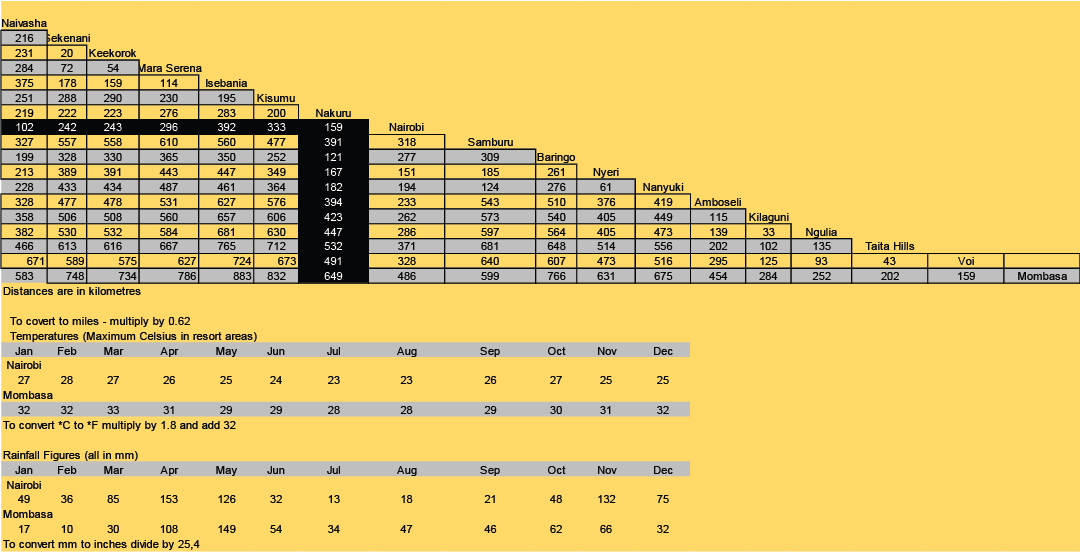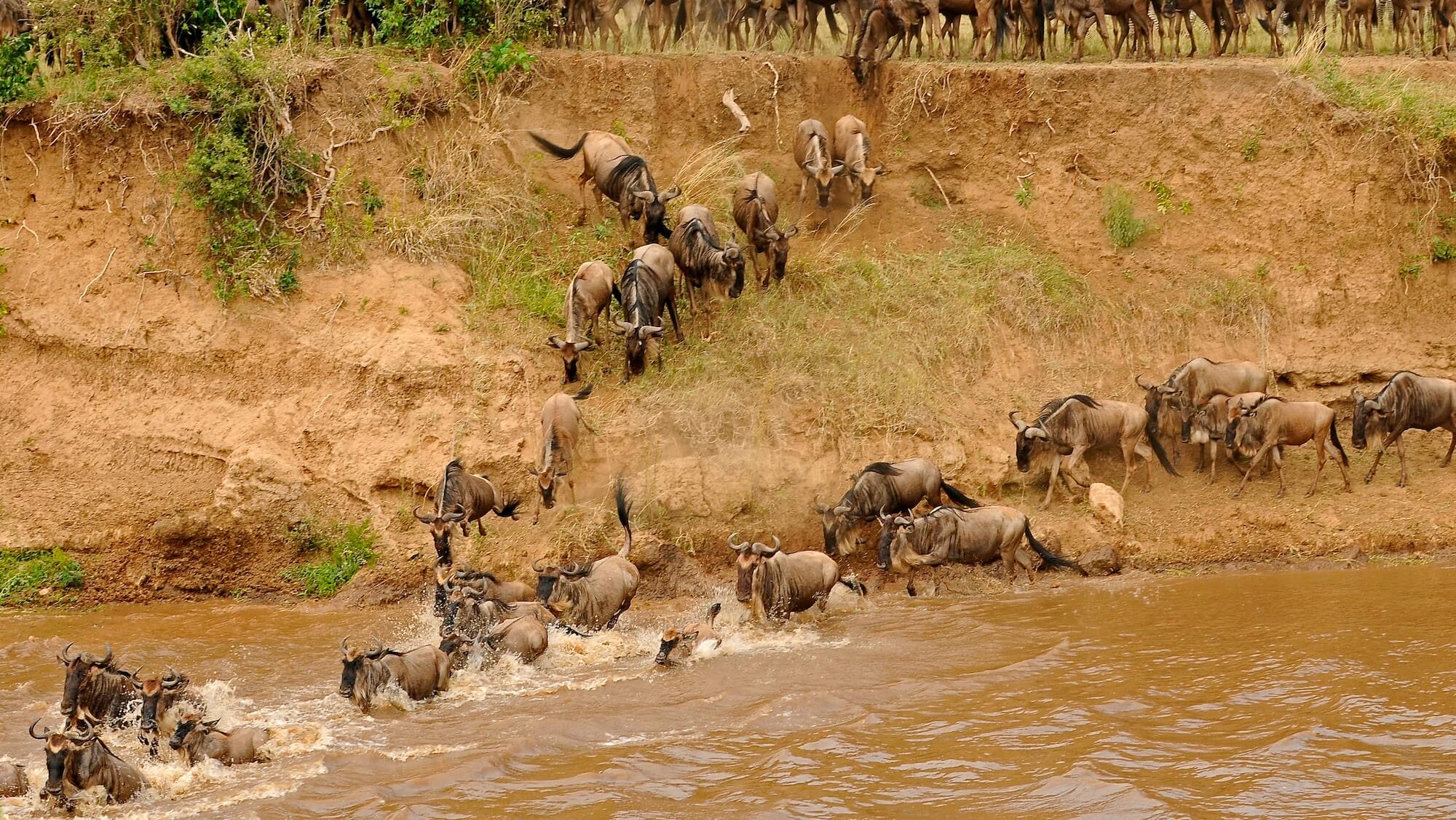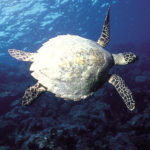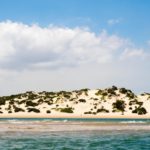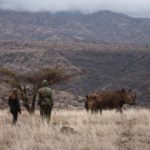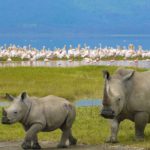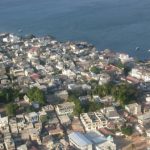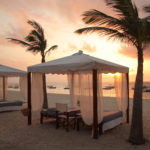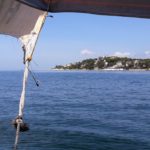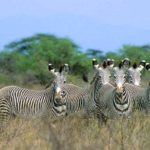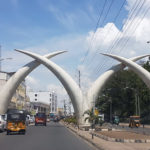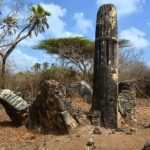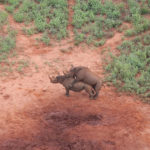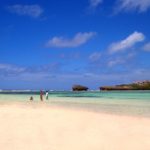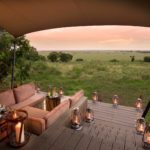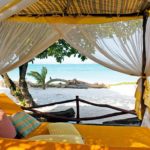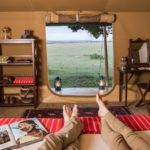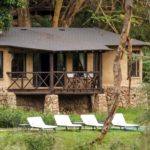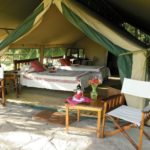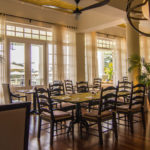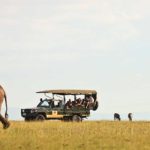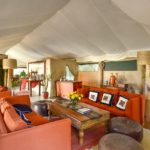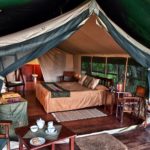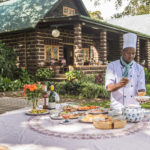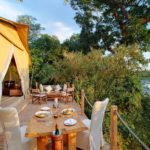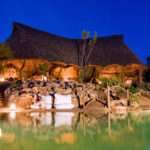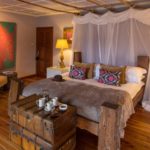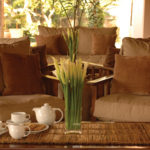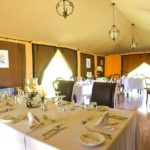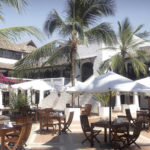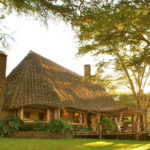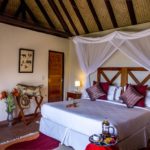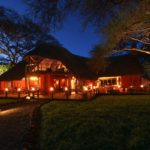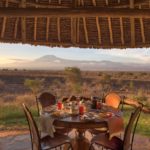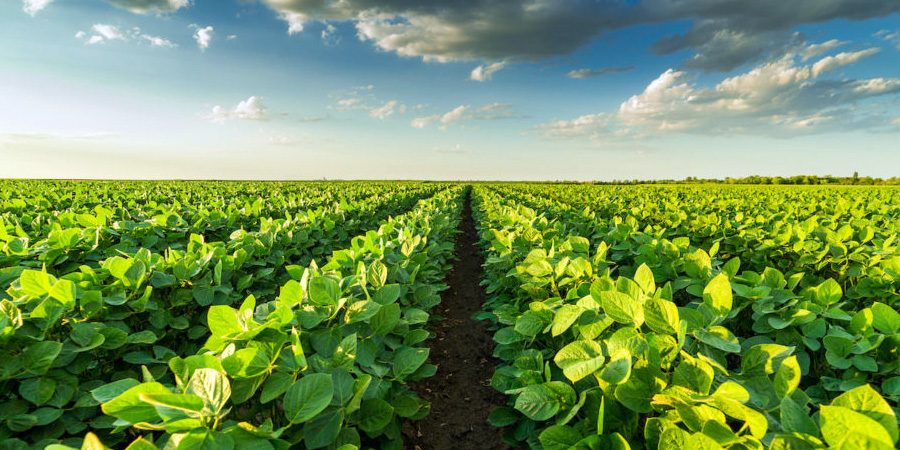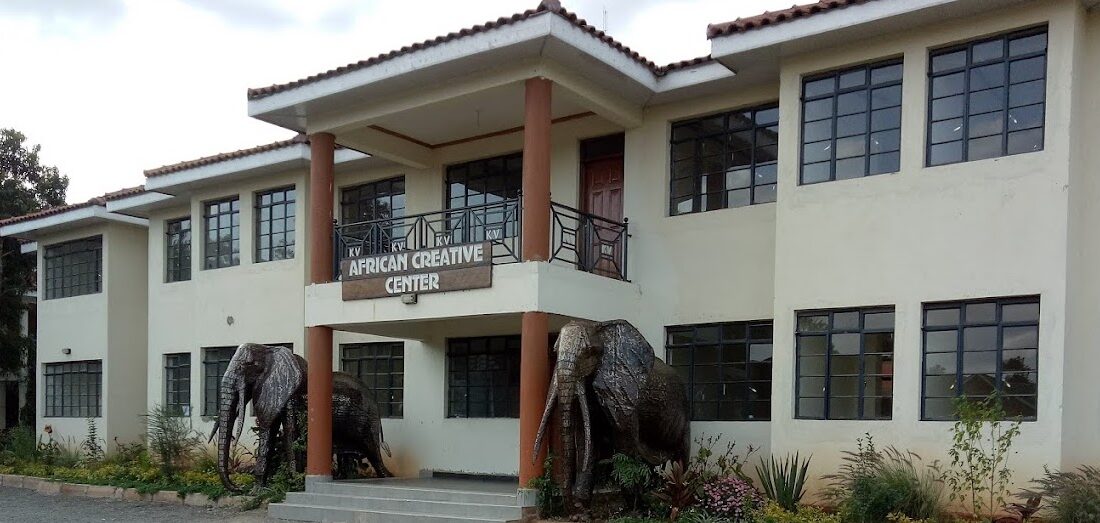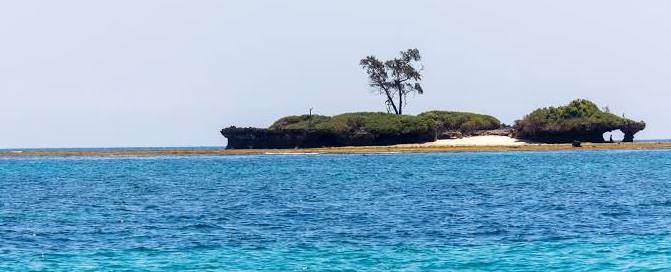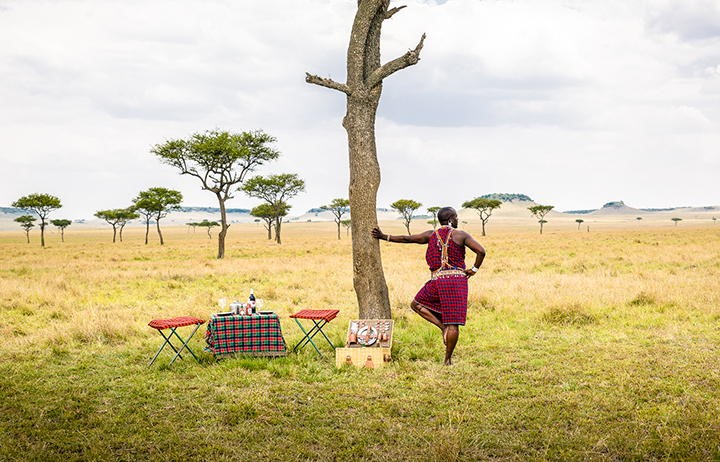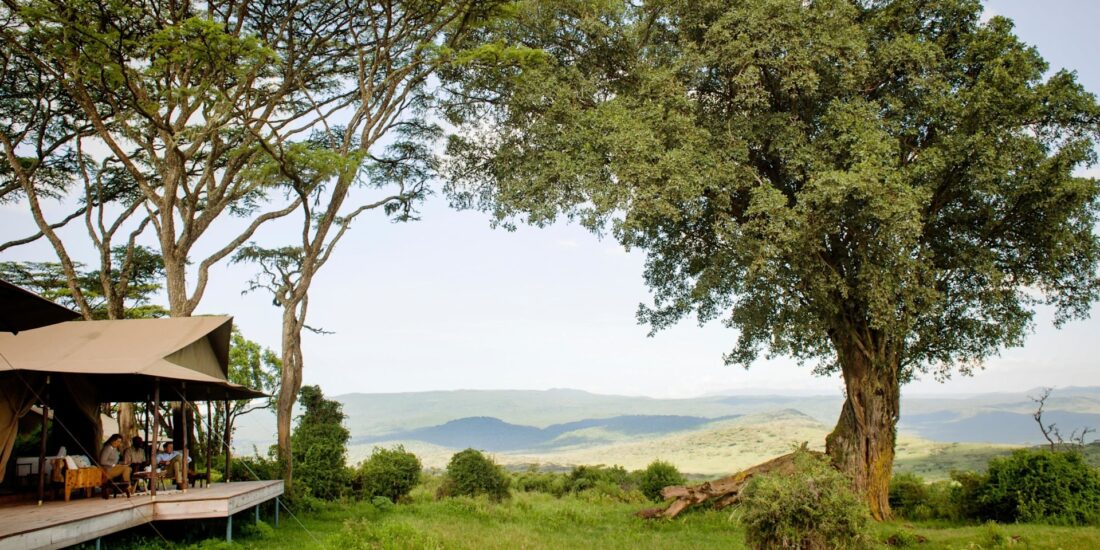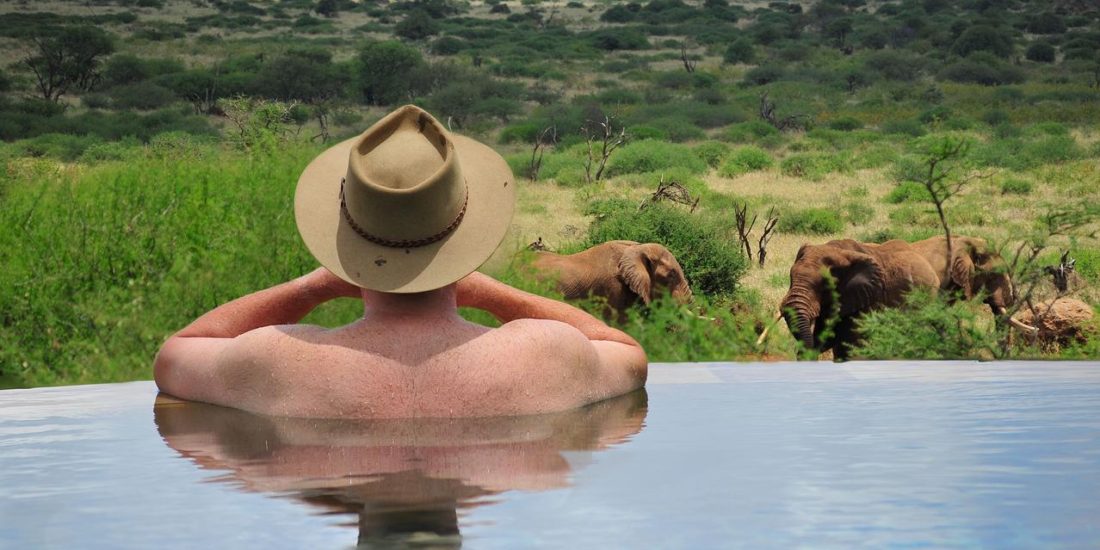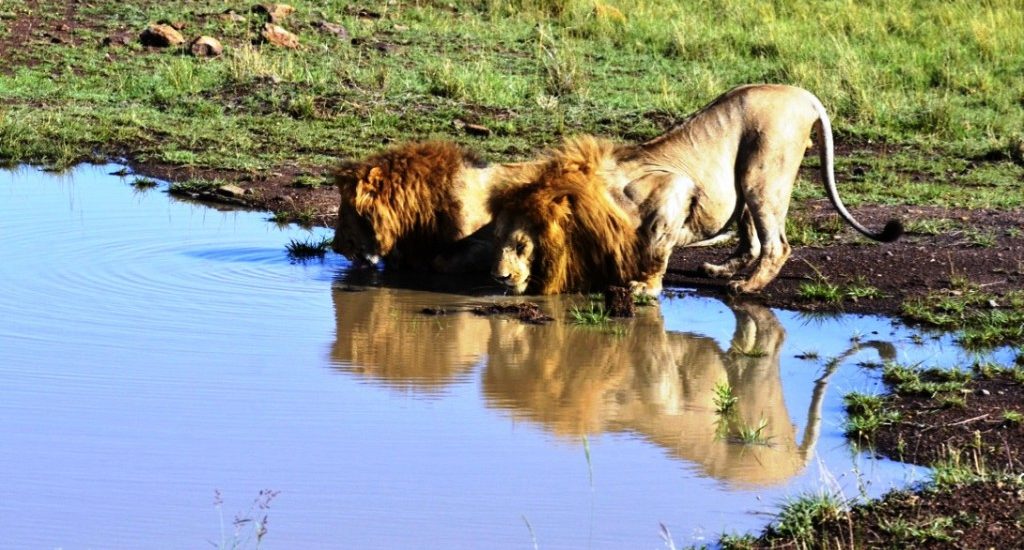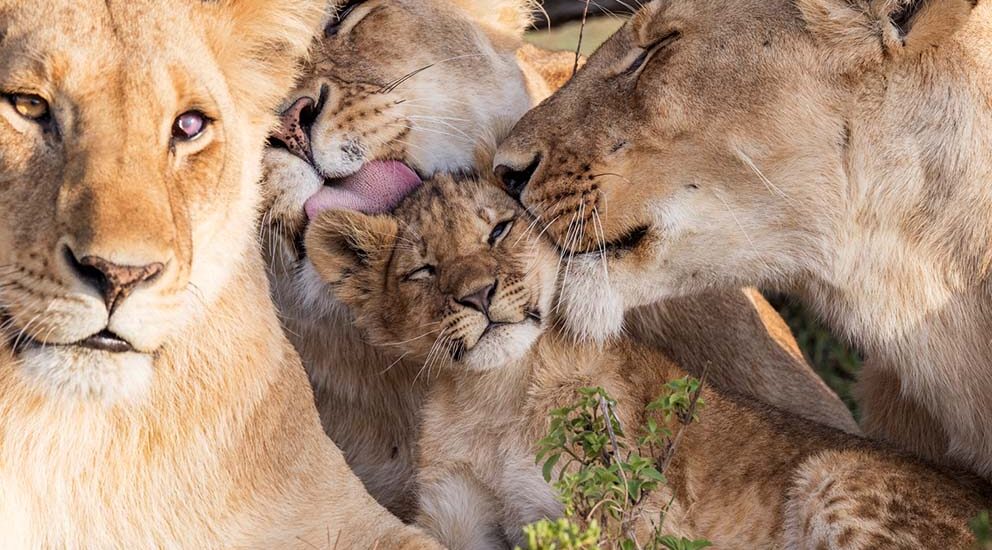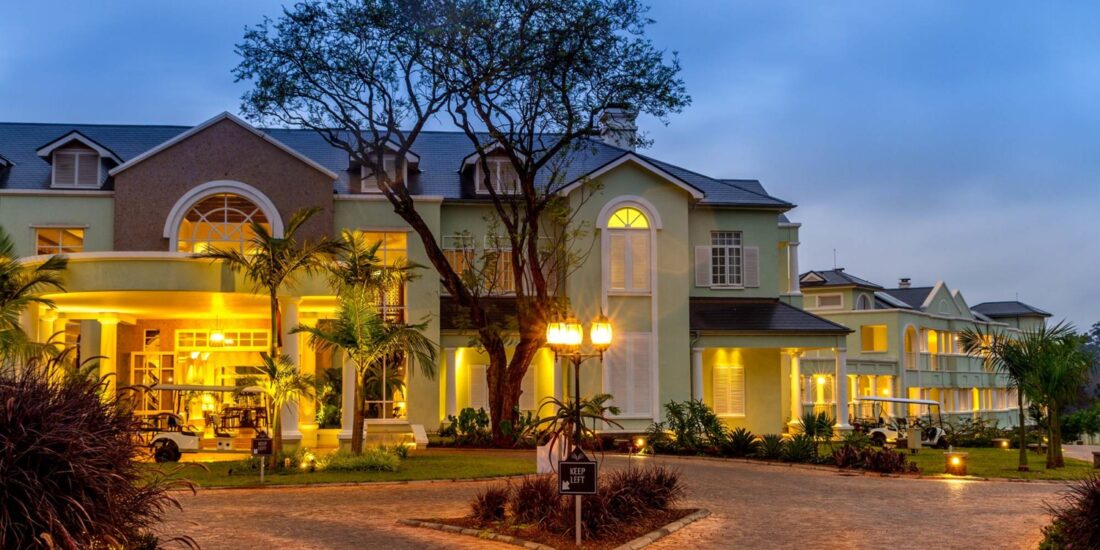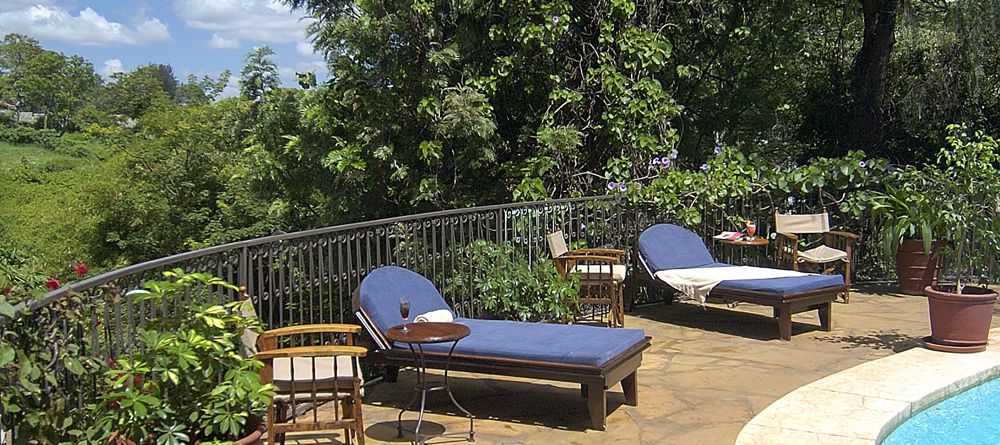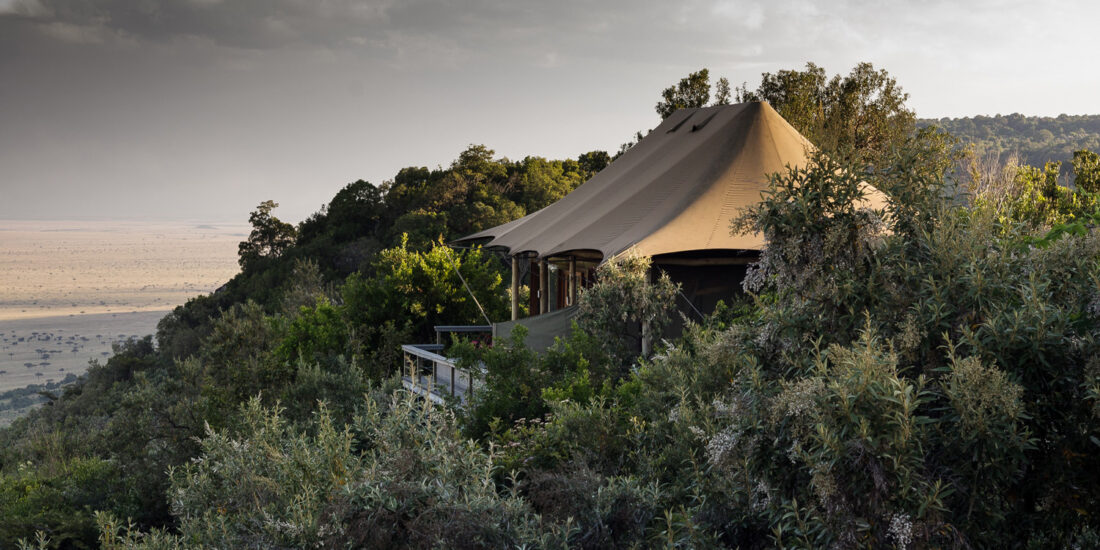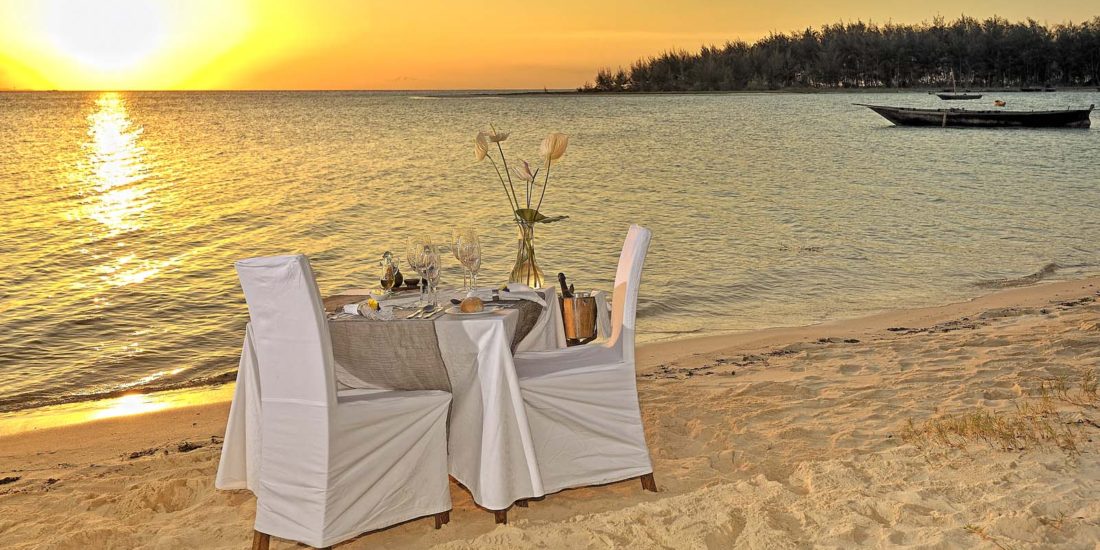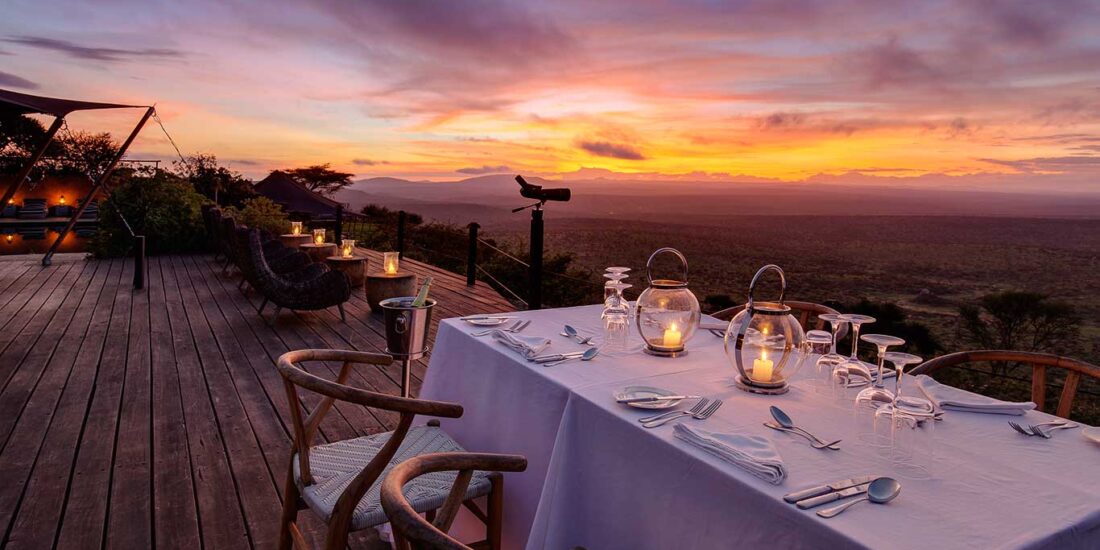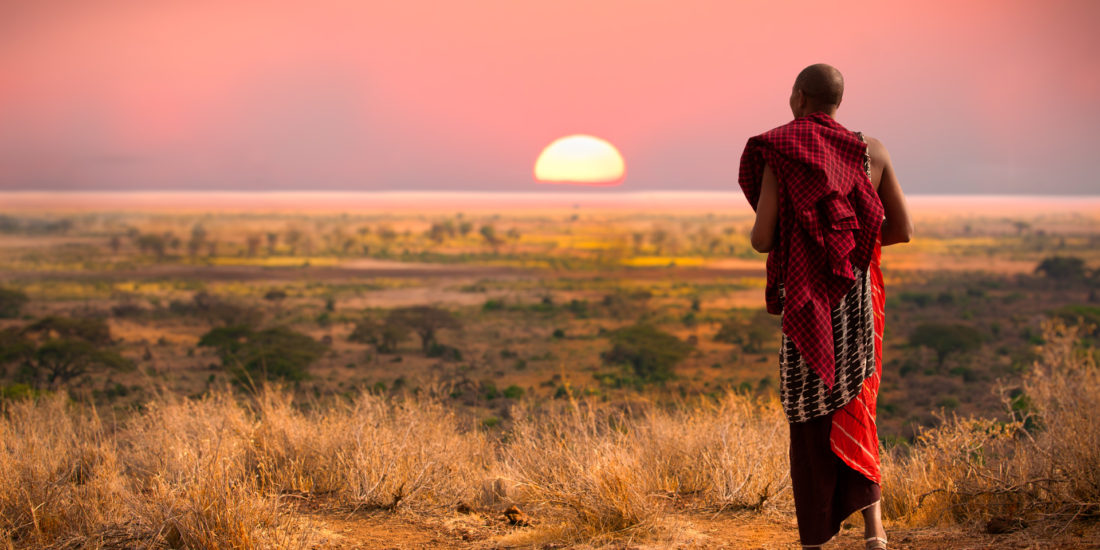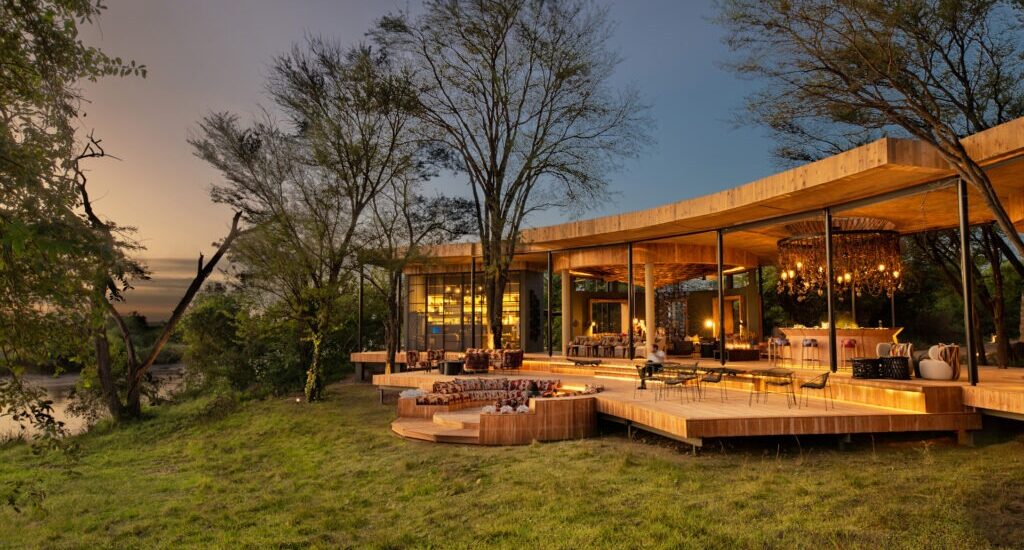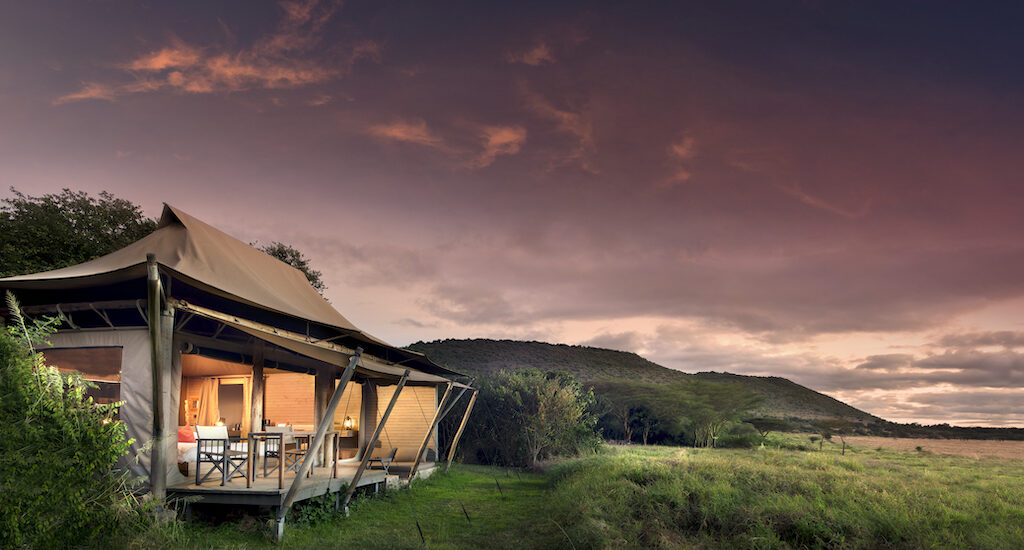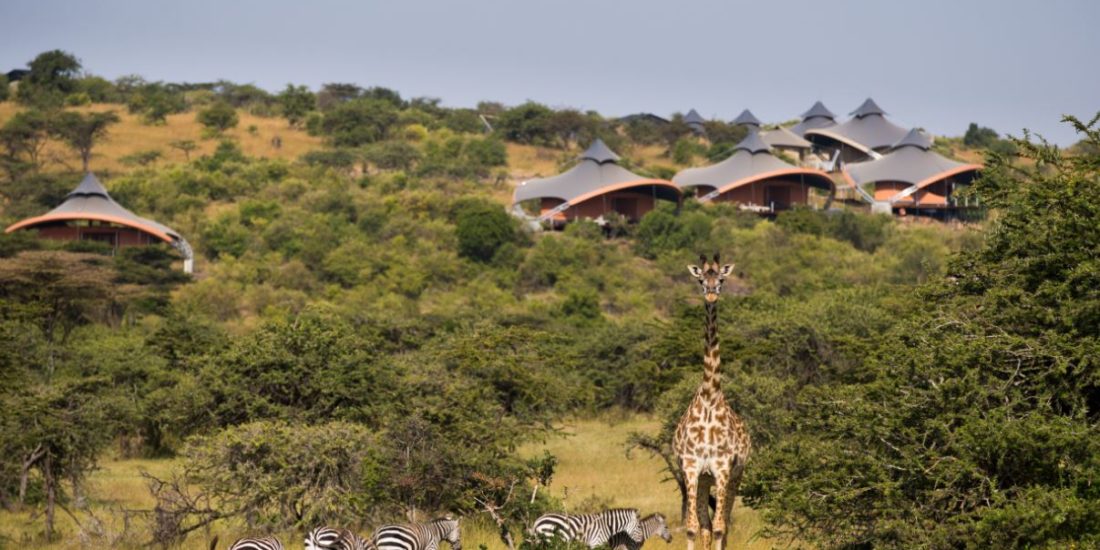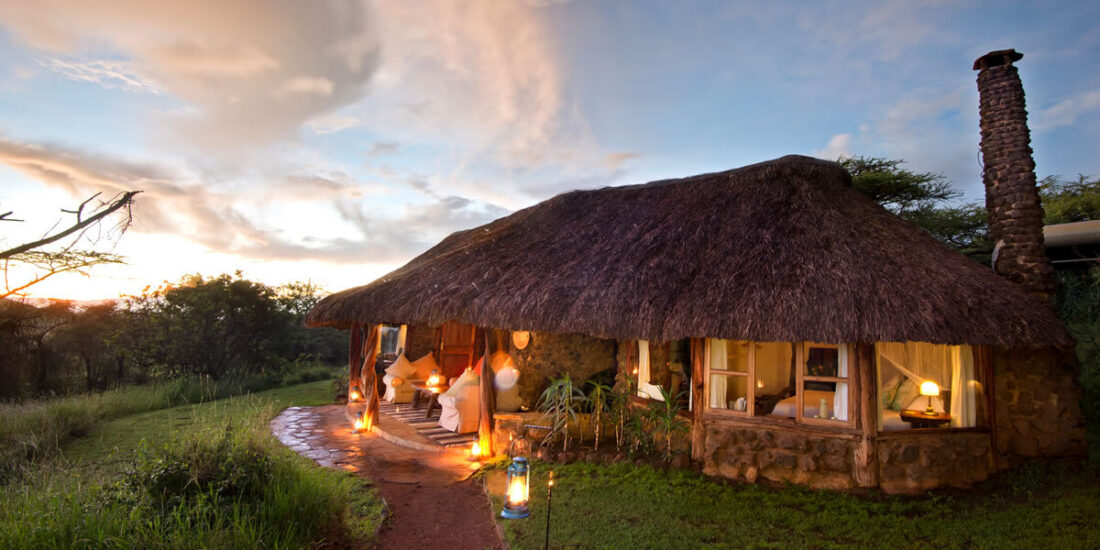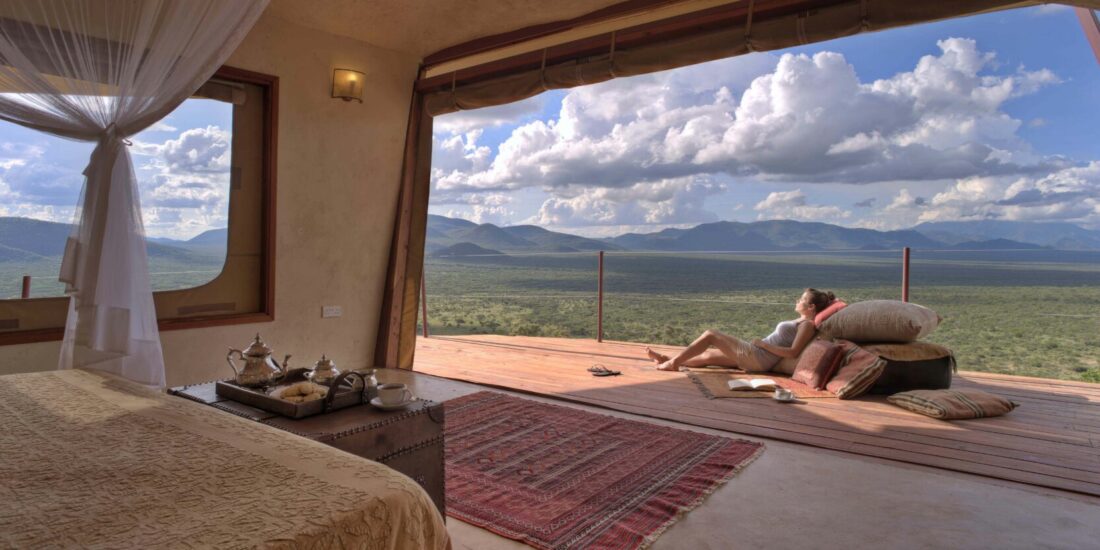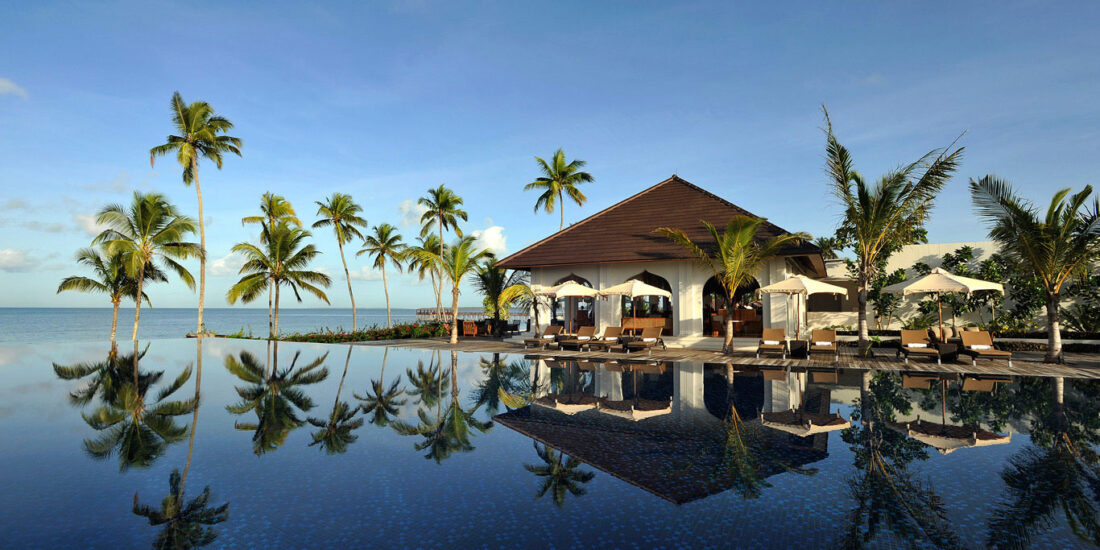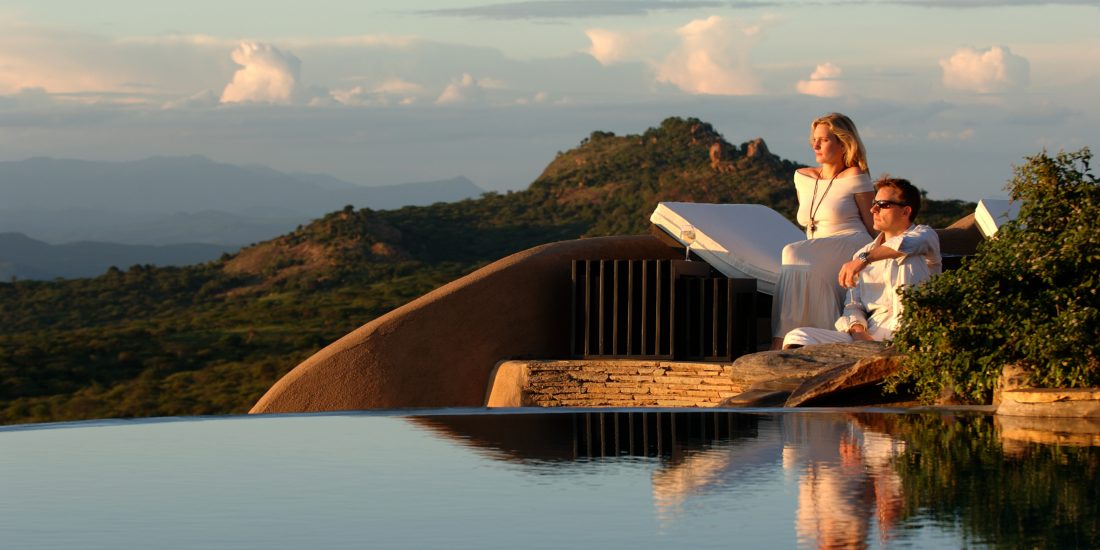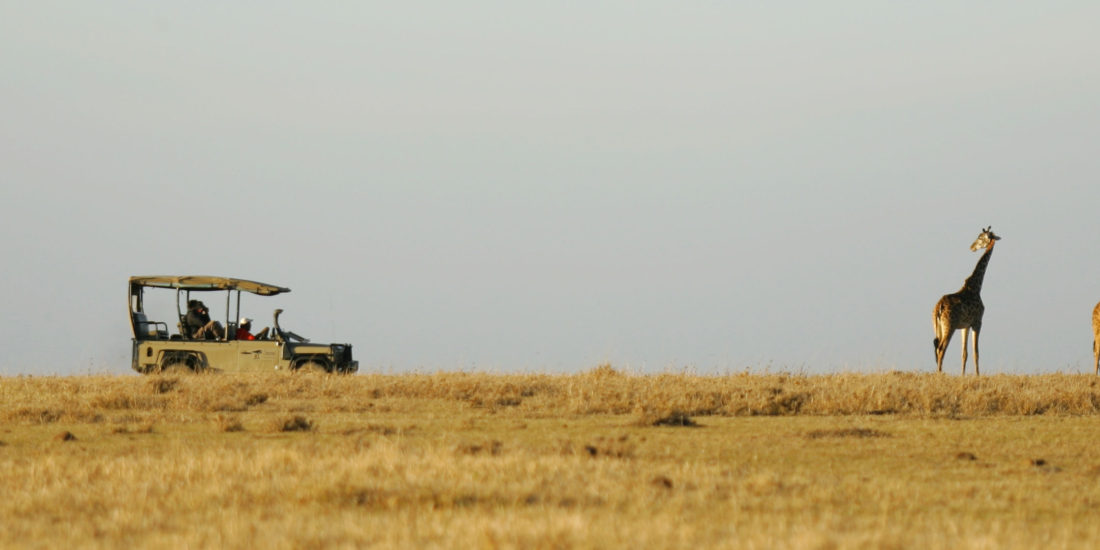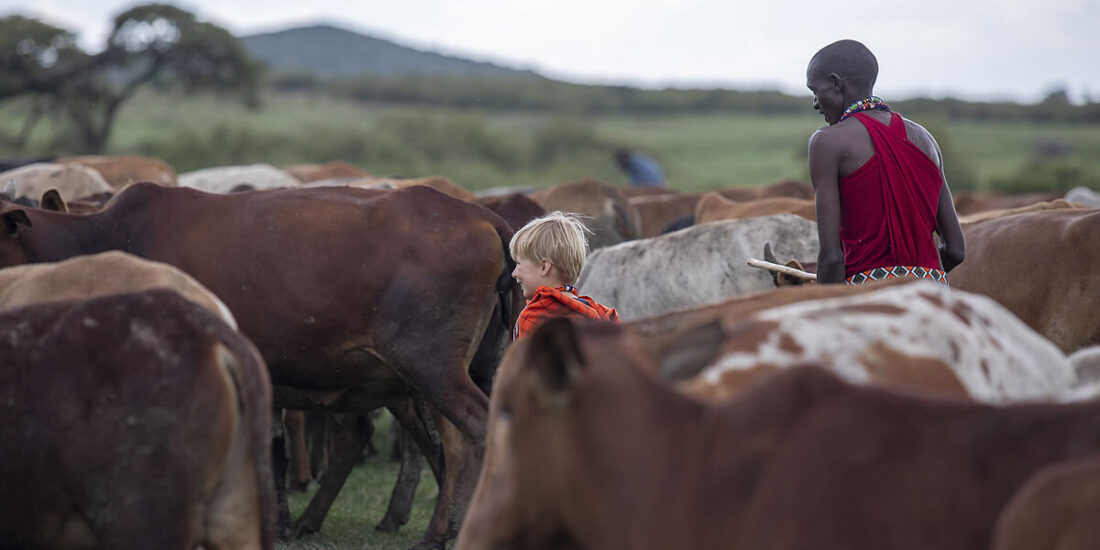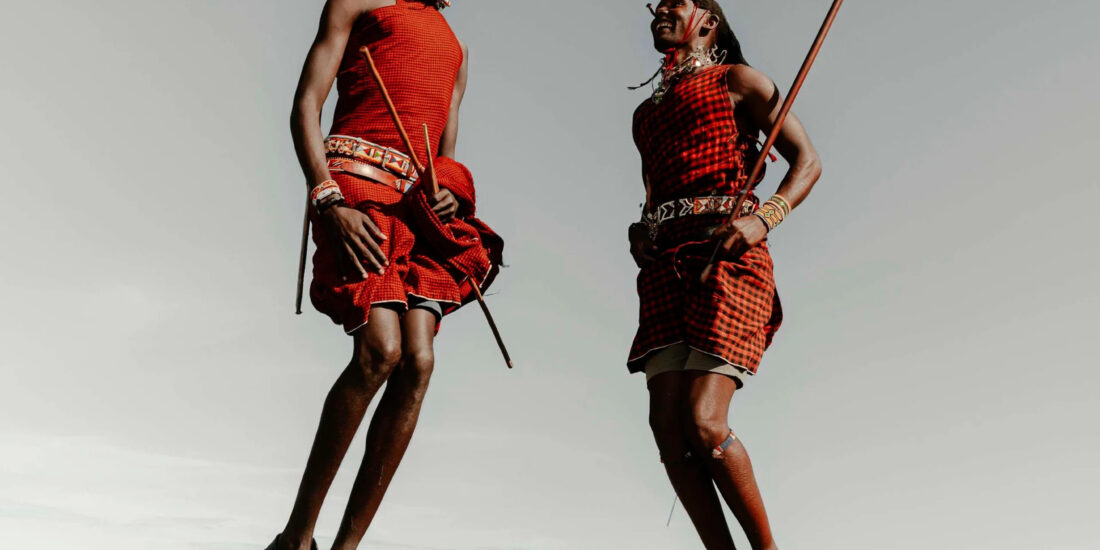KENYA
With lush plains, awe-inspiring mountain ranges, impossibly beautiful weather, a coastal region that rivals the Caribbean and gracious people to boot, Kenya will simply blow your mind. Kenya’s incredible natural environment and cultural heritage is almost unmatched in Africa. Revered by anthropologists as the “cradle of humanity”, Kenya is wild with plenty of game. If you’re adventurous – and sensible – it promises the globe’s most magnificent wildlife parks, unsullied beaches, thriving coral reefs, memorable mountain scales and ancient Swahili settlements.
Things to do

Nightlife in Kenya
After you have sampled Kenya’s top safari destinations, the cities and towns keep the action going with buzzing bars and nightclubs, where you could dance the night away as you enjoy drinks with friends. Kenyans too love a good party so join in and make a few Kenyan friends and learn one or two things about the Kenyan social scene.
- Entertainment Bars Nightclubs & Casinos
This as a destination for digital nomads, locals, tourists and expatriates like to meet under the stylish, sophisticated and electric ambience of cosmopolitan secure nightspots where resident DJs belt out the latest dance music.
Kenya’s beauty after sunset is impeccable! Lights on! Cameras on! At the roof top of Nairobi’s skyscrapers, the beauty of the city at night comes to life. Exercise your photography skills by taking shots of Nairobi’s skyline, the people and places that dot Nairobi’s architecture.
- Casinos
Try your luck at some of Kenyans renowned casinos. They are spacious, inviting, clean and ready to welcome you with open arms. Many casinos exude high energy and an excitement when you belly up to the tables or the slots.
Let the cards, chips, and dice fall where they may. Who knows, you may go back home with good fortune and never forget that you found it here in Kenya.
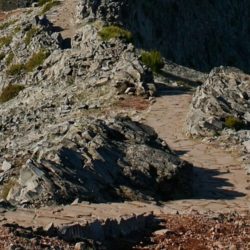
Active Adventures
Are you looking for the opportunity to challenge yourself to the top of Mount Kenya or hike, paraglide on the Kerio Valley, bike through the escapades of Mount Longonot or better yet climb the rocks of Hells Gate? Look no farther.
- Mountain Biking & Kenya Coast
The quiet villages and beachside roads around Diani, Malindi and in Watamu are readily explored by bicycle. This gives you freedom, fresh air and exercise. Bicycles can be hired locally all along the coast either from hotels or private operators.
Explore Hell’s Gate National Park – an excellent biking country, and allows the cyclist to ride through herds of plains game.
- Hiking & Trekking
For those aiming higher, Kenya offers plenty of challenges. There is a broad scope of destinations, from granite cliffs and volcanic rock towers to the ultimate challenge – a technical assault on Africa’s second highest summit.
Mt Kenya Climb
While any fit trekker has a good chance of reaching Point Lenana, the ascent to the summit, crested by twin icy peaks called Batian and Nelion is a serious 5.10 technical climb across ice, scree and rock. Climbers should be experienced and prepared and use a reputable guiding company with all required kit provided.
Mt Elgon Trekking
There are several established routes on Elgon, but the Mountain lends itself to exploration and free hiking. Local guides and Rangers are your best resource. The cliffs of lower Elgon and Sudek are also good for rock climbing
Rock Climbing
Hell’s Gate National Park has some of Kenya’s best Rock Climbing. There are high cliffs with several possible routes, and plenty of opportunity for climbs and Abseiling.
Kakamega Forest Walks
There are a range of trails and circuits allowing for treks and walks of varying length. The wide variety of unique plants and animals make for a truly fascinating trek. Trekking conditions are quite easy, although one should be prepared for occasional rain.
Hiking Mount Longonot
The climb up is relatively easy if you take it slowly, and the average climber can reach the top in an hour and a half, following a well-defined path. The views from the top across to Naivasha and the Aberdares are sensational, and the views of the crater within the mountain even more breathtaking
Hiking Ngong Hills
Enjoy wonderful views of the city of Nairobi and the Great Rift Valley while hiking the Ngong Hills – a popular day-trip excursion for guests including school groups, hikers, picnickers, professional and amateur runners and worshippers. The hills can become quite busy over the weekends.
- Skydiving
For adrenaline junkies, the Kenyan coast has become the latest hot spot for aerial adventure- where the equatorial atmosphere at sea level can give skydivers more than a minute of full freefall over the beautiful blue Indian Ocean, before touching down on pure white sands on one of the world’s best beaches.
- Ziplining Adventure
The adventure offers a plethora of exciting outdoor activities, perfect for a family or friends day out, corporate retreats, or the lone adventurer.
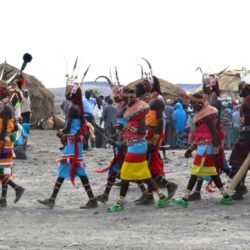
Culture & Heritage
Also inhabited by Europeans, Asians, Indians and nationalities from different parts of the world, the different cultures that have come together in Kenya form our identity. You could choose to stay in the villages and experience untainted traditional ways of life or experience urban culture in Kenya’s cities, where the fast life is never fast enough.
- Village Visits
The village experience in Kenya is a reflection of the purest forms of traditional culture of the 42 tribes of Kenya. You could travel up North to the lake shores of Lake Turkana, at the El Molo villages and understand the mystery and strange lifestyles of the smallest tribes of Kenya, or Western Kenya to the Alego Nyangoma Kogelo village, ancestral home to the first black President of the US, Barack Obama. Better yet, the historic ruins of Swahili villages, Gede ruins down South.
- School Visit
Visit a Kenyan school and connect with African children and share their classroom experience while learning their way of life.
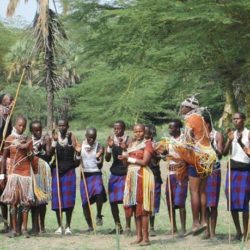
Events and Festivals
Kenyans love to celebrate and have fun. Kenyan festivals feature our vibrant culture, our heritage and most importantly our pride. Come engage in different events and festivals that bring life to the streets of hosting cities and towns.
- Lewa Marathon
The event attracts many international competitors, and is open to both professional and amateur runners. The Lewa marathon is a race with a difference, often watched form the roadside by many of the species it has been set up to protect.
- Maralal Camel Derby
The Maralal Camel derby is more than just a race. It is an entertaining festival of fun and local competition that brings this small desert town to life. It is an annual event held midyear just outside of Maralal town. This is Kenya’s best known and most prestigious camel race, attracting both local and international competitors. The event is a major draw for spectators as well as racers, and the competition is fierce.
- Lamu Cultural Festival
Lamu Cultural Festival is a celebration of both the past and the future, and the beliefs and traditions that are the heart and soul of this community. Most visitors to the island fall in love with this relaxed and peaceful lifestyle, and visiting during the Lamu Cultural Festival is a chance to experience Lamu life at its most exuberant and joyous.
- Lake Tukana Festival, Loiyangalani
The festival takes place annually in Loiyangalani, a small town located on the south-eastern coast of Lake Turkana. The name means “a place of many trees” in the native Samburu tongue and is home to the El Molo, an almost extinct community, amongst other communities. Its main industries include fishing, tourism and gold panning. It is fast becoming a popular tourist destination in Northern Kenya, as the surrounding El Molo and Turkana villages, amongst others, offer unique cultural experiences.
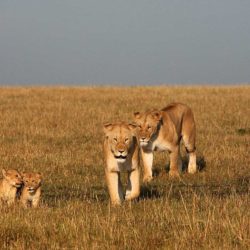
Safari Experiences
Besides the Big Five to the Small Five, Kenya’s game parks, reserves and other wildlife protection areas host some of the diverse wildest game activities thus the reason why this is home for the safari.
- Horse Riding
The very best safari is the one that takes you closest to nature, it starts with a Kenya Safari on horseback. From the Maasai Mara Plains to Laikipia, Lake Naivasha to Mount Kenya and Chyulu Hills, this are some of the prime wilderness areas in Kenya that are perfect for exploration on horseback.
- Hot Air Balloon
This incredible once in a lifetime experience offers the visitor a fantastic view of the great plains of the Mara and the chance to drift unobtrusively over the great herds below. The early morning calm of the Masaai Mara has made it possible for the introduction of hot air balloon safari. No visit to the Masaai Mara can be complete without a trip on the hot air balloon.
Experience a very romantic and evocative balloon safari, a way of experiencing the wilderness of East Africa, as you gracefully and silently fly over the plains teeming with herds of wildlife in the early morning. You have tremendous opportunity to take unusual photographs. After the flight you will land at a designated site where you will indulge in champagne/sparkling wine breakfast on landing, as you discuss the flight over the Mara. It is an experience not to be missed.
After breakfast you will receive a Balloon certificate and thereafter you will be driven back to the lodge or camp with game viewing enroute. You will arrive at the lodge/camp ready to continue your day’s activities.
- Bird Watching
To see Kenya’s rarest, indigenous and unfortunately endangered birds, the bird enthusiast needs to seek out forests or highland grasslands tucked away amongst various farmlands. Arabuko-Sokoke Forest near Malindi, tops the list, with the six threatened bird species of the Sokoke Scops Owl, Sokoke Pipit, Spotted Ground Thrush, East Coast Akalat, Amani Sunbird and Clarke’s Weaver.
Some other areas including the forest “islands” at the top of the Taita Hills, near Voi, is home to the beautiful but critically endangered Taita Thrush and Taita Apalis, as well as the endangered Taita White-eye.
Sharpe’s Longclaw and Aberdare Cisticola, native and endangered, live in the highland grasslands near the Aberdare mountain range.
In western Kenya, Kakamega Forest is a little patch of Guineo-Congolian rainforest in Kenya. Among the many rainforest species found are spectacular Turacos and Hornbills, and the tiny, endangered Turner’s Eremomela.
The scarce and threatened Papyrus Yellow Warbler is found in papyrus swamps on the shores of Lake Victoria, alongside the Papyrus Gonolek, White-winged Warbler and Papyrus Canary, all papyrus endemics
- Walking Safaris
There are few experiences as exhilarating as a close encounter with an elephant, lion or buffalo. This is an experience that will make you feel more alive. You will, of course, want to stay alive so at Inclusive Holidays Africa will make sure that any foot safari is undertaken by a fully trained and responsible guide
- The Wildebeest Migration in Mara
This is one of the remarkable wildlife attractions that make’s Kenya one of the best wildlife destinations in the world.
In the struggle across the Mara River, many wildebeests are drowned or swept away by strong currents. The crossing attracts massive crocodiles who each year awaits this season of bounty. By September the herds will begin reaching their goal, and spreading out to graze across the expanse of the Mara.
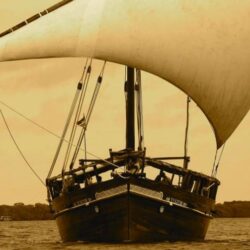
Dhow Safaris
A day spent at sea on a Dhow Safari is a wonderful experience and a fantastic way to explore Kenya’s pristine coastline.
- Mida Creek Boat Trips
An ideal way to spend an afternoon in Watamu is to take an organized boat trip into the mangroves and estuaries of Mida Creek. This creek is home to a fantastic range of bird life, and there are countless winding channels and estuaries to explore.
- Lamu Island Dhow Safaris
The calm waters around Lamu are perfect for sailing, and the neighbouring islands are well worth visiting for their small fishing villages, ancient ruins and deserted beaches. After a day on the water, you sail back to Lamu town as the setting sun turns the ocean to gold.
- Wasini Islands Dhow Trips
A good excursion for both diving and snorkeling is a day dhow trip to Wasini Island, within the Kisite Mpunguti Marine Reserve- easily arranged from Diani or Shimoni. This usually includes snorkelling and/or diving, and a seafood lunch on the island. This is makes for a relaxing day trip, with dolphins often accompanying the dhow through the reserve, and the interior of the island itself well worth exploring.

Horse Riding
The very best safari is the one that takes you closest to nature, it starts with a Kenya Safari on horseback. From the Maasai Mara Plains to Laikipia, Lake Naivasha to Mount Kenya and Chyulu Hills, this are some of the prime wilderness areas in Kenya that are perfect for exploration on horseback.
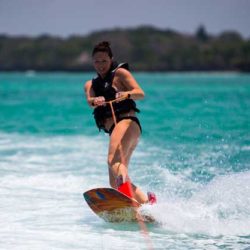
Watersports
For a wide variety of water sports the Kenya’s wild rivers, lakes and the expansive Indian Ocean offer you the perfect opportunity for both motorized and non-motorized water sports.
- Big Game Fishing in Watamu
Watamu is a fishing spot with an excellent international reputation. Excellent boats with state of the art equipment are available for full and half-day charter. The main game fish include Sailfish and Marlin, Kingfish, Wahoo, Horse Mackerel and others. A tag and release program ensures eco-friendly fishing. Big game fishing can be arranged in season (December-March)
- Kite Surfing
Prime Kitesurfing destination in Kenyainclude Che-Shale about 25 kms North of Malindi. A small exclusive refuge situated on a deserted golden beach on the fringe of the Indian Ocean.
With a reef 2km offshore from Nyali Beach that provides a natural lagoon is ideal for starting out or learning to perfect more advanced kite surfing moves.
H2O Extreme in Diani offers kitesurfing, windsurfing, stand-up paddle boarding, kayaking, skim and boogie boarding.
- Boat ride
The boat safari along Lake Naivasha and Lake Baringo offers a unique perspective on wildlife viewing in Kenya. A fish eagle swoops spectacularly down into the water to catch its prey. Walking along the shores of Lake Naivasha for the start of our boat and walking safari.
- Bush breakfast with ‘bubbly’
After an exciting early-morning game drive to add to the adventure, you will be surprised to arrive at a site in the park especially cleared for your bush breakfast. Toast with a glass of `Bubbly’ and erase all fears as security is well provided for. In the midst of this enchanting savannah a buffet is laid out with the mouth-watering aroma of sausages, eggs, and bacon, sizzling over a charcoal re. A set up with tables, chairs, cutlery, glass, and waiters and chefs will take care that guests enjoy this amazing experience.
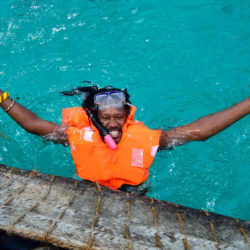
Diving
For those seeking out Kenya’s giant species- our elephant herds are matched by the migratory pods of whales that pass by our outer reefs. Kenya is becoming increasingly popular as a dive destination. Kenya has another great wilderness area hid beneath the surface of the Indian Ocean, a wilderness just as rich, diverse and ripe for exploration as any of our game parks. The calm turquoise waters of our beaches lie in the protective shelter of reef after reef, home to a myriad bounty of sea life.
Diving in Kenya is generally good all year round, although visibility lessens during July and August due to silting and high seas. The weather is consistently warm and sunny, with excellent balmy water temperature that makes for ideal dive conditions. Plunge below the surface and you will discover a new kind of safari- the world’s finest scuba safari.
- Watamu Marine National Park
Some of the best diving sites are in the Watamu Marine National Park- a well-protected and managed area. The reef here is close to shore, meaning easily accessible shallow coral gardens that are ideal for learners and snorkelers.
Diving into the channel itself is a good way to find rays and reef sharks. Whale Sharks pass through each year from October- February, with good sightings reported each day. Migratory pods of Whales from Southern Africa pass through this area during the months of June and September, and are often seen breaching in deep water beyond the reefs.
- Mtwapa and Barrcuda Reef
The adventurous diver will not want to miss diving at the Vuma Caves near Kilifi Creek. The caves are about 20 metres beneath the surface on the face of some seaside cliffs. The open sea around the entrance is a good place to spot dolphins, while the interior of the caves is a refuge for eels, some very large grouper and barracuda.
- Kisite Mpunguti Marine Reserve
For experienced divers, the best option here is Nyulli Reef. This is a good deep dive with strong tidal currents which allow drifts through spectacular coral, snapper, barracuda, rare zebra sharks and massive Napoleon wrasse. A much easier dive is Kisite Point. There is plenty of large, tame shoals to be found here, with average dive depth of around 12 metres. Divers at Kisite often encounter hawksbill turtles and bottlenose dolphins.
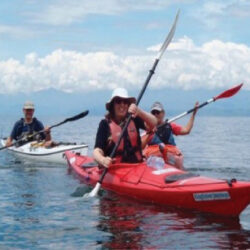
Whitewater Rafting
One of Kenya’s best adventure safaris is a rafting expedition along the Ewaso N’giro and Tana rivers.
- Whitewater rafting in Tana River, Sagana
A rafting trip on the river offers a combination of 16 kms of White Water (up to Class V in season) and 12 km of clear river ideal for calm drifts through spectacular scenery. The drifts are a good opportunity for bird watching, and over 100 species have been recorded along the riverbanks.
Whitewater rafting , Ewaso N’giro River
Rafting trips in this area have even been known to encounter lions. Each night camp is made on a sandbank, and rafters sleep under the stars, surrounded by the sounds of the African night. For the real adventure traveler, it doesn’t get much better than this. High water season is May and December.
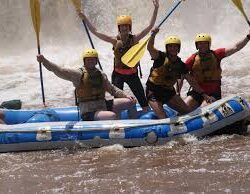
Bird Watching
The wild expanses of East and Southern Africa are paradise for birders.
The many habitats of East Africa provide dream birdwatching locations, and a dauntingly long list of endemic species that you simply have to travel to find. While there is plenty to occupy the keen or amateur birdwatching fanatic from the moment you touch down, there are also plenty of opportunities to spend time with some seriously impressive guides

Bungee Jumping
Bungee jumping is an exciting thrill in Kenya for the young at heart and practiced mostly by young Kenyans. Sagana is the location where this all takes place a 60 metre high ladder rose to a cage that literally hungs over the Tana River.
Bunjee jumping is jumping from bridges or towers with your ankles attached to a long rubber bungee cord, then plunging in a freefall for about 60 meters until the bungee cord breaks ones fall. Jumpers climb the tower attached to a safety rail and once at the top, they are fitted with the bungee cord and then take the plunge over the rushing waters of Tana river.
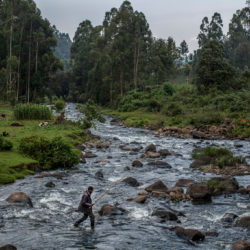
Trout Fishing
Both Rainbow and Brown Trout on fly can be found in the Aberdare National Park where all the streams on the moorland offer great sport fishing.
Lake Alice, Lake Ellis, Lake Rutundu and the rivers on the west side of the mountain provide good fishing. Situated on the northern slopes of Mt. Kenya, both Lake Rutundu and Lake Alice a two-hour walk up the mountain, are stocked with rainbow trout and provide excellent opportunities for fishing. The walk to Lake Alice is a true test of stamina, the final haul to the crater rim is steep, but in no time the pain melts away as the extraordinary blue of Lake Alice unfolds beneath you. Lake Ratundu is much smaller and deeper.
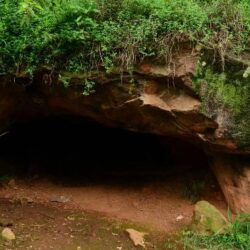
Mau Mau Caves
The Mau Mau caves are located in the Aberdare National Park, on the Burguret River, in the foothills of Mt Kenya. The caves were known as the hideout for the freedom fighters ‘The Mau Mau, who fought for Kenya’s indepence. The caves were then named after the said freedom fighters and are now a historical site.
The Mau Mau were a radical underground movement that arose when young Kikuyus took secret oaths against the British govenment. Located near Nanyuki in Kenya’s Central Province, the Mau Mau Caves were used as a hide-out by Kenyan Freedom Fighters during the The Mau Mau Uprising of 1952 to 1960. It was bombed by British forces in 1959 after the location was obtained from a member of the Land and Freedom Army. Approximately 200 people lost their lives in the caves during the bombardment and their remains can still be seen through the rubble.
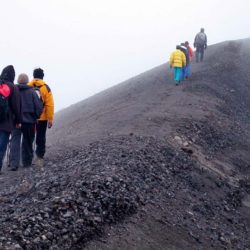
Trekking
The Aberdares can also be explored on foot and not only in vehicles; there are trails for trekking throughout the forest.
The Aberdare Mountain Ranges soar to peaks of 13,000 feet and dip into deep, V shaped valleys with streams and rivers cascading over spectacular waterfalls. Particular good walks include trekking up the three peaks, Satima 3,998 metres, Kinangop 3,906 metres and Kipipiri 3, 348 metres. The Park is split into two sections, the beautiful high moorland and peaks with sub-alpine vegetation and the lower salient which is dense rainforest and where much of the wildlife lives. Animals in the lower salient can only be viewed at the Treetops and the Ark lodges.
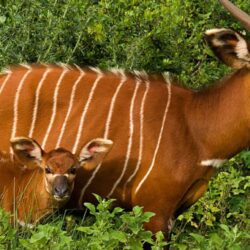
Sangare Ranch
Sangare Ranch is a 6500 acre private ranch in the northern foothills of the Aberdare Mountains. The spectacular views across the vast savannah make Sangare one of the richest private wildlife sanctuaries.
The habitat is open savannah where you will find many of the plains game such as zebra, giraffe, antelope, warthog, leopard, hyenas, elephants and buffalo. Bird life in Sangare is rich with 300+ bird species recorded. Activities include soft game viewing walks, horse riding & vehicle game drives. The ultimate African experience is enjoying a night game drive at Sangare Game Conservancy watching the entire galaxy, identifying stars and spotting the nocturnal animals.
Have fun riding bikes on the wonderful terrain as you watch the animals walk by.
You can travel long distances, at your own pace in a completely natural environment. There are few better ways to see the bush! At Sangare Ranch cyclists experience spectacular views around every corner to soak up at leisure, unrestricted access in the wild.
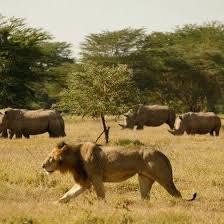
Solio Ranch
Solio Ranch is one of Kenya’s critical rhino habitats, with the world’s largest concentration of Black Rhino’s. The ranch is a fenced, privately-owned protected area geared toward rhino conservation. The 7,500-acre reserve, 22 km north of Nyeri Town, plays a major part in the protection and breeding of the black rhinos in Kenya. The rhino is an endangered member of the ‘Big-Five’, which are a key tourist attraction. Some of the hook-lipped horned beasts wandering national parks were actually born at the Ranch.

Handicrafts “Kiondo”
A kiondo is a hand-woven basket made from sisal and leather trimmings. It is indigenous to the Kikuyu and Kamba tribes of Kenya. The natural fibre is grown in Kenya; the sisal is removed from them and is hand dyed and hand-woven by Kikuyu and Kamba women as a past time. Traditionally, kiondos are used to carry staple foods like beans and maize.
The baskets have evolved into fashion bags. They are made the same way and the inside if the basket is enhanced with fabric lining and a zip compartment on the inside, and are available in warm and natural colours.
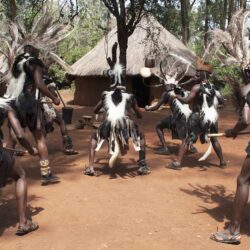
Bomas of Kenya
Bomas originates from the Swahili word “Boma” for an enclosed homestead. Each boma (the homestead) in this cultural village was built using the traditional specifications of myriad Kenyan tribes; this village serves to preserve Kenyan culture through architecture, living styles, crafts, music, and dance. Each boma represents one of Kenya’s major ethnic groups.
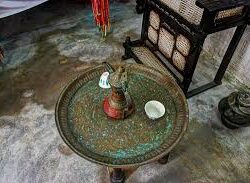
National History Museum
The Swahili House Museum is a traditional Swahili House, restored with all the traditional furniture. The museum gives visitors a glimpse of the traditional setup of a Swahili home.
The house was as opened in 1987, after having been acquired by the National Museums of Kenya in 1980. During 7 years of expert renovation the building was transformed into the beautiful example of an 18th century Swahili house that stands today.
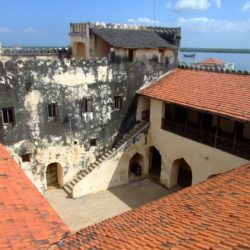
Lamu Fort
The construction of the fort was begun in 1809 and completed in 1821. The tile awning over the verandah at the front was originally made of makuti, a thatch made from banana leaves.
The construction of the fort was made of coral blocks, covered with mortar that has a yellow-orange hue marked by black patches. The fort initially faced over the quayside, but there are now buildings between it and the sea. In the past it has served as both a fort and as a prison. Now it contains an exhibition on the environment , a shop, a library plus a pleasant cafe overlooking the busy square at the entrance.

House of Liwali Sud bin Hamad
Located behind the fort, the house of Liwali Sud bin Hamad is a fine example of Swahili architecture.
Liwali was a governor appointed by the Sultan of Zanzibar. The house has now been subdivided, but it is still possible to appreciate how it looked when it was a single dwelling.
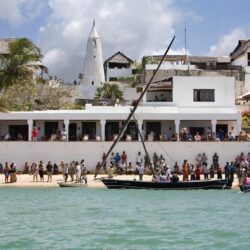
Shela Village
Shela is a village about 2 miles from Lamu Town. The origin of the village is unknown, but according to tradition it was settled by people from nearby Manda Island. The village is a tangle of narrow sandy lanes, tall stone houses, some smaller thatched dwellings, mosques, ruins and a spacious square ringed with a few market stalls, small shops.
Shela’s golden age was from 1829 to 1857, when 5 of its 6 mosques were constructed. It is especially known for the Shiathna-Asheri Mosque. The beach starts a five minute walk from the village – seven miles of golden sands that are never crowded. A sea ideal for swimming, bodysurfing, diving, windsurfing, skiing, fishing or boating.

Takwa Ruins
The Takwa Ruins are those of an ancient Swahili town, which is believed to have prospered from the 15th to the 17th centuries, with a population of between 2,000 – 3000 people.
The town was abandoned in favour of the town of Shela on Lamu probably because salt water contaminated most of the town’s supply of fresh water. The ruins consist of the remains of a wall that surrounded the town, about 100 houses, a mosque and a tomb dated 1683. The house faces northwards towards Mecca as does the main street.
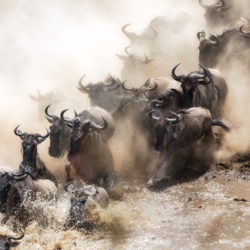
Spectacular Wildebeest Migration
One of the unique, spectacular and most memorable sights is the annual migration known as the “8th Wonder of the World” is the movement of hundreds of thousands of wildebeest, gazelle and zebra.
The migration from the central and south Serengeti Plains in Tanzania actually begins in January once the animals have exhausted the grazing grass and move northwards, arriving in the Masaai Mara around July-August. Moving in groups of up to 20,000 at a time, they thunder across the plateau, hesitating one second at the Mara River until the pressure of their numbers forces the leaders to plunge into the swirling waters. The spectacle of thousands of animals stampeding across the Mara River – with the weaker members not surviving the jaws of waiting crocodiles – is one not to be missed.
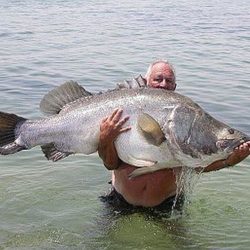
Fishing on Lake Victoria
An hour’s flight takes you from the Masaai Mara to a fishing center on the shores of Lake Victoria, where your well-equipped fishing boat awaits.
Within minutes you can be locked in a tussle with a Nile perch, and rare is the day that the boat returns empty. For non-fishermen, the bird watching is magnificent and litter otter and giant monitor lizard scurry along the banks of the islands while the native fishermen carry on with their boat building and fishing activities as they have done for centuries past.
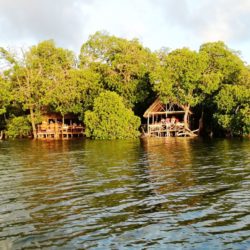
Mida Creek
Mida creek is a large creek lined with mangrove forest and renowned for its waders, kingfishers and crab lovers.
The mangrove roots provide a rich source of nutrients for the fish, crabs, shrimp and oysters found in this area. These fish and crustaceans then provide the food for Mida’s famous bird population and the local villages, completing the food chain. Young corals and fish also start their lives in these nutrient rich waters, before the tides sweep them into the Indian Ocean where they spend the remainder of their lives.
The Mida birdlife is spectacular. There are 51 species listed in East Africa Birds, the traditional dugout canoes, Arabic dhows and Western motorboats are all used for bird viewing, water skiing and relaxing boat cruises on Mida Creek.
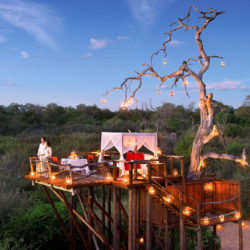
Arabuko Sokoke Forest
The Arabuko-Sokoke Forest is located on the coast of Kenya, 110 km north of Mombasa and is protected as a National Forest Reserve. The ecosystem comprises of three forest types, mixed forest, Brachystegia and Cynometra, each containing many rare species of birds, butterflies, amphibians and plants. The Clarke’s Weaver is completely endemic to the forest, while the Sokoke Scops Owl, Sokoke Pipit, and the Amani Sunbird and Spotted Ground Thrush are only found in the park and a few in Tanzania. A couple of reptile species are also found here among them Boomslang, Green Mamba, Rock Python, Forest Cobra, Sand Lizard and Day Geullo.
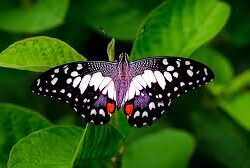
Kipepeo Butterfly Project
Kipepeo is the Swahili word for butterfly, it is a community-based enterprise that supports the livelihoods of people living around Arabuko Sokoke forest in coastal Kenya, East Africa. The farm was set up in 1993 to help farmers earn money from the nearby Arabuko-Sokoke forest and its unique biodiversity. Kipepeo currently sells butterfly and moth pupae and other live insects as well as honey and silk cloth produced by the community. Their pupae are exported and the live insects hatched and displayed in insect parks globally.
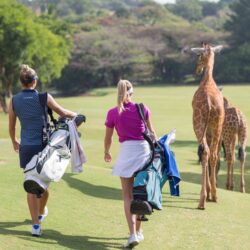
Golfing in Kenya
For the traveler seeking a diverse range of golf courses, combined with world class standards and service, Kenya is the perfect choice. Kenya’s courses offer international golfing standards and some of the world’s finest design and landscaping. Our golf and country clubs have the best facilities in the region and high-quality service built on Kenya’s reputation for welcoming warmth
Vipingo Ridge Golf Resort is one of the latest additions in Kenya, besides Windsor, Muthaiga, Karen, Nyali and Leisure Lodge golf clubs which make for some of the oldest and fine courses in the country
Popular Destinations
Partner Properties
Tours
Specials
Guides & Information
Distance Chart
